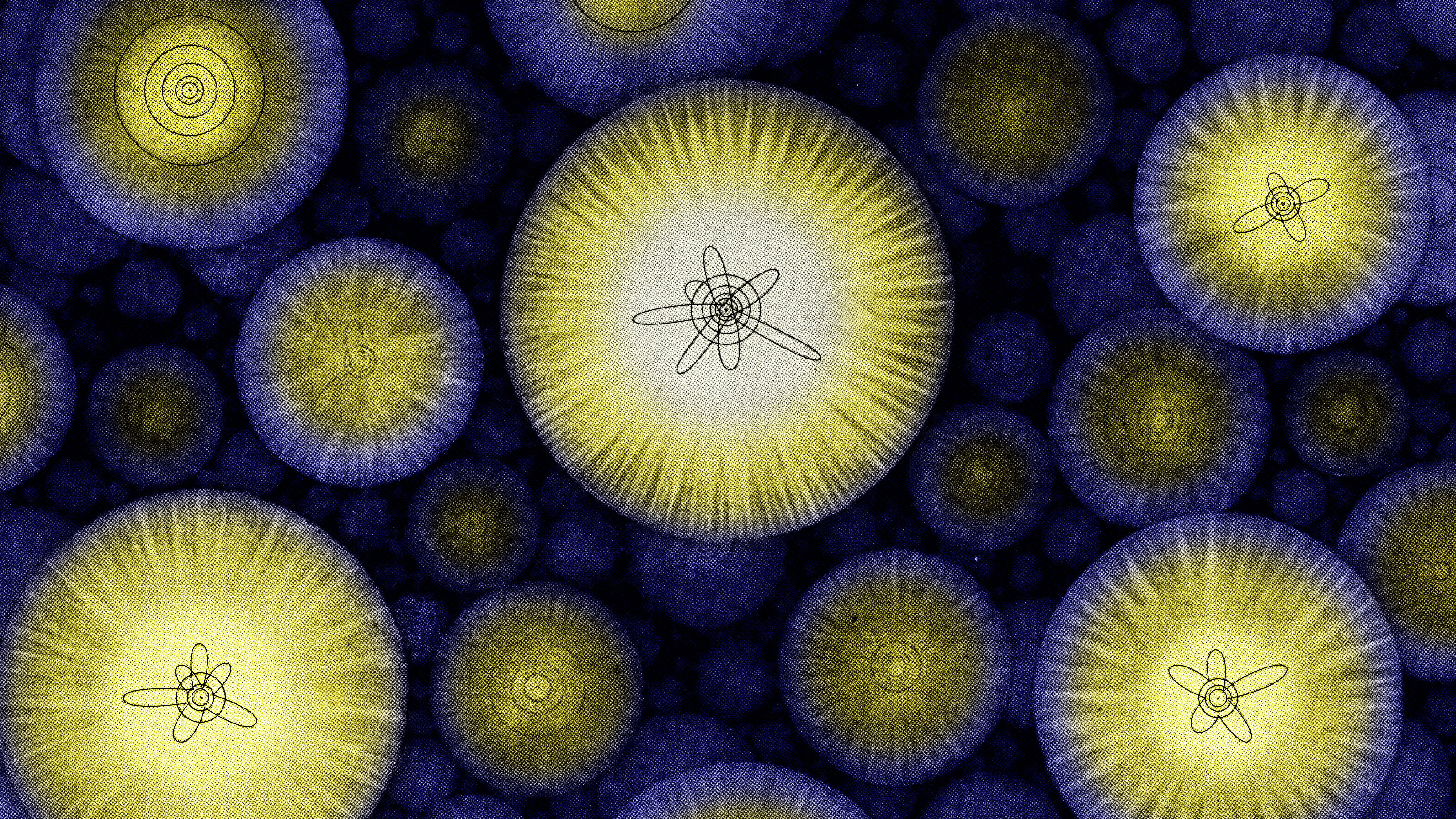Why the veteran photographer arranges the lights just minutes before a shoot, yet agonizes over the music she plays for each subject.
Carol Friedman:My days are kind of controlled byrnmy projects, so sometimes they’re album covers. Sometimesrn they’re commission portrait shoots. Sometimes rnthey are editorial, so it kindrnof—I don’t dictate it.
rnrnQuestion: Why do you only shoot on film?
rnrnCarol Friedman: rnWell I guessrnI’m half traditionalist, half modern girl and I just never… I love the digital world and I lovernelectronica and after I shoot everything is digital, but I just... I rndon’trnknow. I love my cameras. Irn love contact sheets. I love the visceral thing rnof film andrnI’m not positive that I can replicate my lighting digitally. My assistants tell me I can, but, justrnstubborn I guess.
rnrnQuestion: What equipment and materials dorn you like to use?
rnrnCarol Friedman: That is the least rninteresting part of myrnwork. I kind of—you learn it, yourn master it, and then you make surernthat it just disappears. You know,rnlike if I could have invisible lights, I would, and invisible cameras. I’m just really trying to get at myrnsubject and I respect the technical aspect, but it is not anything that Irn thinkrnabout at this point.
rnrnQuestion: Why do you spend more time rnpreparing thernsoundtrack for a shoot than the lighting?
rnrnCarol Friedman: For me there’s several rncomponents to picture-taking and it starts with my goals as an artist. It’s capturing I guess the inner life of my subject rnand thenrnit is giving them their idealized version of themselves. rn We all look in the mirror and see us arnlittle blonder or a little thinner or a little younger, whatever that rnidealrnmight be and most of the people that I’m photographing are selling rnsomething,rnyou know whether they’re on the front of an album cover or a magazine orrnthey’re a corporate person ready to switch companies or a doctor sellingrn arnskincare line... so I want to help them achieve that. And when I worked rnat MotownrnRecords the head of the label called it, you know, he’d say, “Diva, you rnneed tornfix them.” So he called it fixingrnpeople and that is really the joy of what I do is really... not to fix rnthem, butrnto give them the them that they want to be visually and a big part of rnthat is…rnfor me is obviously making them comfortable, making sure that our… rnbecause itrnis a dance. You know a photo sessionrnis really a dance and making sure that they’re comfortable and for me rnit’s thernmusic, the music, the music. Thatrnis everything. So I do select arnsoundtrack for each of my subjects and again my assistants you know theyrn makernfun of me because that is more important to me than the lighting, which Irn justrndo in a minute right before, but I spend a long time on the soundtracks.
rnrnQuestion: What’s the most successful rnpiece of music you’vernplayed during a shoot?
rnrnCarol Friedman: A lot of the people that I rnphotograph arernmaster musicians themselves, whether they’re singers or great jazz rnplayers andrnit’s kind of fun to figure out who they came up with and who they rnemulated orrnwho they idolized actually. And that's just... it’s a wonderful way to rnget at whornsomeone is through their own love of music and going right at theirrnsubconsciousness if you will. Yourndon’t play girl singers for girl singers. rnYou know, there’s certain things. rnYou do play Ellington for Bobby McFerrin. Sometimes like for rnTeddyrnPendergrass, Teddy has a whole lineage that came before his solo career rnwithrnHarold Melvin and the Blue Notes, so he has a signature song, “The Love IrnLost,” so I planned it. I got himrnready. There he was. We rnput on “The Love I Lost” and thernminute he heard that bass solo, boom, there was the album cover for rn“Joy,” andrnit really was joy, that is the title, because it was that visceral rnmemory forrnhim. So sometimes it is anrnoutright manipulation like that, but most of the time I’m just, I’m rncreating arnmood that is a place of comfort for the person and a way for our rndialogue to bernmore fluid.
Recorded on April 21, 2010
Interviewed by Austin Allen





